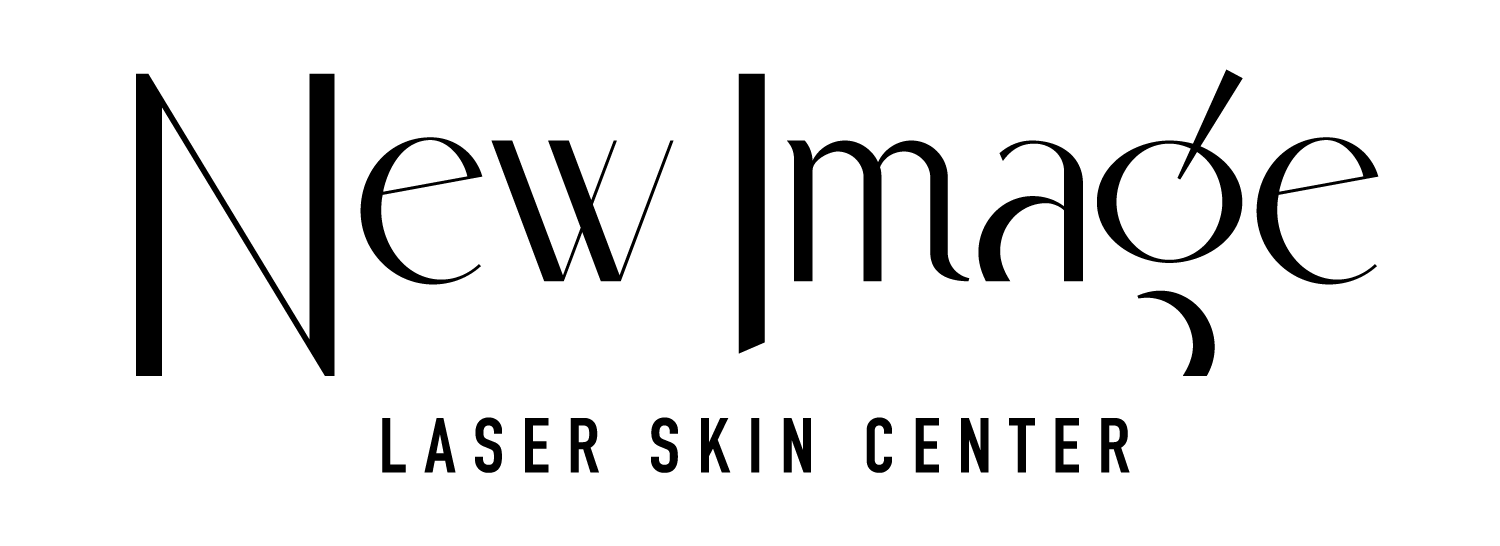An In-Depth Guide to Build A Skincare Routine for Your Skin Goals & Budget
Caring for your skin is multi-faceted. Just getting treatments or only using skincare will only get you so far. I think we all know that we have to wash our faces, but outside of that, it starts to feel a bit overwhelming...like how many different ways can you make a moisturizer? (the answer is so many) Countless skin care products promise so many things. So what actually works? How do you build a skincare routine that's right for you?
To best care for your skin, you need a routine that does a few things:
- Removes dirt, oil, and other impurities (cleansers)
- Removes old cells so that new ones can come through (retinol, AHA, BHA, growth factors, and peptides)
- Protects your skin cells from damage (peptides, antioxidants, and sunscreen)
- Hydrates your skin (moisturizers)
We will always advocate for professional-grade skincare because the percentage of active ingredients are higher, meaning they deliver better, more noticeable results and care for your skin at a cellular level. But of course, we realize that budgets are a real consideration. Sometimes focusing dollars in other areas is a bigger priority, but you still want to give your skin the best you can!
With that in mind, we want to give you some information about how to build a skincare routine without trying to sell you only the product we carry in the office. What kind of ingredients matter and actually work? What products are more marketing than actual results? Which ones are more crucial for your skin type? Read on for all our tips!
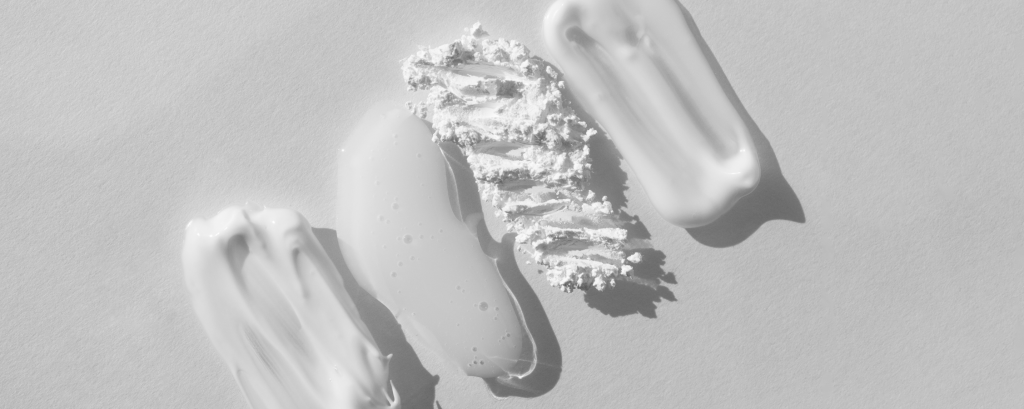
CLEANSE
Cleansing your skin is step one in any good skincare routine. Removing all dirt, oil, bacteria, dead skin cells, and other impurities from the day will make sure your skin is ready to accept any products you apply later.
Some things to look for when cleanser shopping:
- Gentle cleansers
- Natural antioxidants and anti-irritants; botanicals such as oat kernel extract and bisabolol
- Sulfate-free; sulfonate made from coconuts is different and helpful in breaking down ingredients in makeups, moisturizers, and sunscreen
- Alcohol-free
- NO synthetic or artificial fragrances
Our cleanser recommendations
- Alastin Gentle Cleanser
- Drunk Elephant Slaai Makeup-Melting Butter Cleanser
- CeraVe Foaming Facial Cleanser
- Cetaphil Gentle Skin Cleanser
What about exfoliating cleansers or tools? Do I need these?
No, you don't need them. But if you feel like you have dull-looking skin or acne-prone skin, regularly exfoliating will help clear things out to leave you with brighter skin, improved texture, and fewer breakouts. There are two ways to exfoliate the skin: physical exfoliation and chemical exfoliation. Ultimately, what you choose should depend on your skin sensitivities.
Physical exfoliation can happen in a few different ways.
Cleansing Brushes: Even within this, there are categories: brush head vs. sonic vibrations. If you like the brush head, look for one that oscillates instead of spins all the way around. Oscillation helps keep the skin barrier intact, while brush heads that turn all the way around can tend to be too harsh and cause tearing of the skin. We like cleansing brushes that use sonic vibrations because it effectively cleans the skin but is more gentle than a regular brush.
Our cleansing brush recommendations
Facial Scrubs: Some cleansing products use rough particles as a scrub for the face (i.e., walnut shells, pumice particles, sugar, etc.), which can scratch the skin, in turn causing more damage to your skin barrier. It is better to use products that contain more gentle physical exfoliants like jojoba spheres.
Chemical Exfoliation: Using products that contain alpha-hydroxy acids (AHAs) and beta-hydroxy acids (BHAs) will exfoliate the skin. But proceed with caution if you have sensitive skin! Start with something that is less than 10% active ingredient. AHAs remove dead skin cells on the surface of the skin while BHAs penetrate deeper. When looking for an exfoliating cleanser, you're likely to see ingredients like glycolic acid, salicylic acid, citric acid, lactic acid, tartaric acid, and mandelic acid. These are all AHAs or BHAs, so you're looking in the right place. If you're using one of these, you need to use SPF daily as your skin will become more sensitive to the sun.
Our exfoliating cleanser recommendations
- SkinMedica AHA/BHA Exfoliating Cleanser
- Cetaphil Extra Gentle Daily Scrub
- CeraVe Renewing SA Cleanser
What cleansers do we use?
- Roxy: Cleanses AM + PM with Alastin Gentle Cleanser
- Dr. Madsen: Cleanses AM + PM with Alastin Gentle Cleanser
- Kim: Cleanses AM + PM with Alastin Gentle Cleanser
- Nicole: PM removes any makeup with Sweet Almond Oil or Drunk Elephant Saali, cleanses with Alastin Gentle Cleanser using PMD Clean, follows with SkinMedica AHA/BHA Exfoliating Cleanser; AM cleanses with Alastin Gentle Cleanser or a simple water-only rinse.
Do I need a toner?
Generally, we say no. Unless you are using a bar of body soap to cleanse, which you should not be. Toners became common when people used lye-based soaps with hard water that would leave a sort of scum on the skin. A toner would clean the skin further. Ultimately, using other products with antioxidants and oil-free moisturizers will prevent the need for a toner.
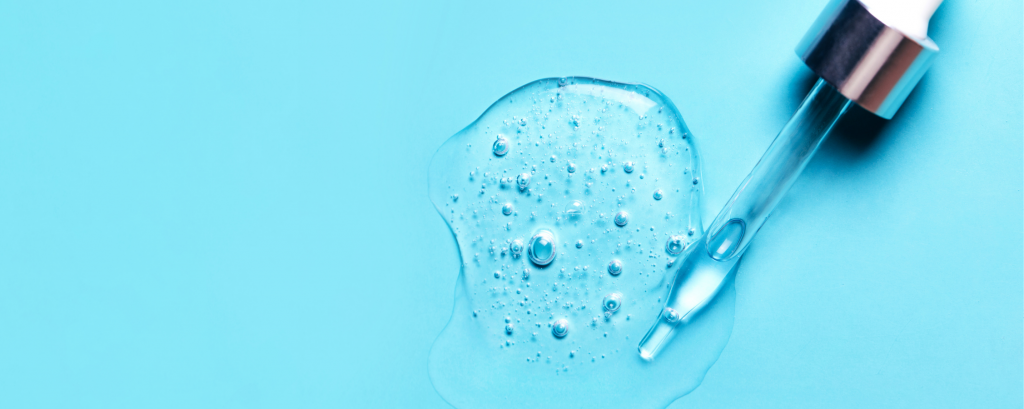
TREAT (& BONUS PROTECTION)
Treatment products come next. These are the products that go beyond cleansing, moisturizing, and sun protection to target specific issues. You can find a treatment product for almost anything: skin discoloration, acne, wrinkles, thinning and sagging skin, large pores, ruddy skin texture, and so on. Generally, beneficial ingredients combat various things but do so with the same end goal; by promoting the clearing of old cells to generate new healthy ones, some also do a great job protecting from future damage. The difference between products will be their formulation, the percentage of active ingredients, and what other ingredients are used to enhance it.
Treatment products will be the most logical and most likely place to invest money into your skincare routine. This is when active ingredients count the most, and you'll want to make sure you're getting a good result from what you use.
Some things to look for in your treatment products:
- Hyaluronic acid to help hydrate the skin, diminish the appearance of fine lines, and reduce inflammation.
- Retinol to help your skin clear out old dead cells, ultimately addressing fine lines, breakouts, discoloration, and uneven texture.
- Peptides to improve your skin's barrier for protection against damage that makes your skin age faster, increase collagen production (aka diminish fine lines and wrinkles), increase elastin production (aka firm the skin), reduce inflammation (like acne or facial redness), and even skin tone. Phew. Talk about a powerhouse ingredient.
- Antioxidants to protect against damage, even out skin tone, and promote collagen production. Some examples would be vitamin C and E, carotenoids, CBD, and plant stem cells.
- Alpha Hydroxy Acid (AHA) to address discoloration, fine lines and winkles, uneven skin tone, and enlarged pores. Examples of AHAs are glycolic acid, lactic acid, tartaric acid, citric acid, malic acid, and medalic acid.
- Beta Hydroxy Acid (BHA) primarily addresses acne and sun damage and is better suited for combination to oily skin. The two BHAs you will find are salicylic acid and citric acid.
- Growth Factors to help reverse signs of aging; fine lines and wrinkles, sagging skin, and dullness. Some research suggests that growth factors can be used if your skin doesn't tolerate retinoids well.
Our treatment product recommendations
- Alastin Restorative Skin Complex
- Alastin Regenerating Skin Nectar (for sensitive skin)
- SkinMedica TNS Recovery Complex
- SkinMedica TNS Essential Serum
- Alastin Renewal Retinol .5
- Alastin Restorative Eye Treatment
- SkinMedica Vitamin C + E Complex
- Alastin Restorative Neck Complex
- CeraVe Facial Serums
What treatment products do we use?
- Roxy: Alastin Restorative Skin Complex, Alastin Renewal Retinol .5, Alastin Restorative Eye Treatment, Alastin Restorative Neck Complex
- Dan: Alastin Restorative Skin Complex, Alastin Renewal Retinol .5
- Kim: Alastin Restorative Skin Complex, Alastin Renewal Retinol .5
- Nicole: SkinMedica TNS Essential Serum, Alastin Renewal Retinol .5
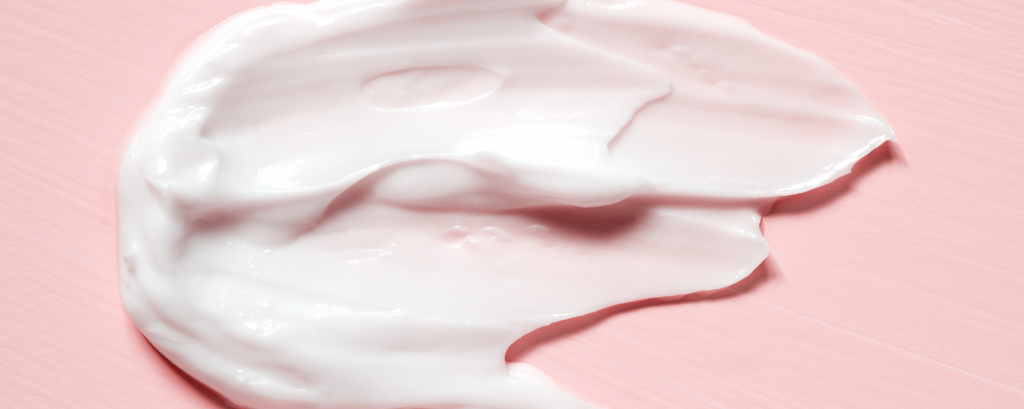
MOISTURIZE
Moisturizer is essential for everyone. Yes, even if you have oily or acne-prone skin, the right moisturizer will balance out your skin, not make it more oily. Your skin type and goals will dictate the type of moisturizer you use, but the basics are the same across the board. The goal here is to keep your skin hydrated so that the protective barrier can stay strong, healthy, and youthful-looking.
Some things to look for in your moisturizer:
- Fragrance-free
- Oil-free
- Non-comedogenic (this means it won't clog pores)
- Alcohol-free
- Botanical are plant extracts that can be super nourishing to the skin, but it is best to avoid essential oils and fragrance from plants as they could be irritating to the skin
- Antioxidants
- Peptides
- Hyaluronic acid
- Ceramides
Do I need a night cream?
We think no, but that depends on what you're using for the daytime. If your moisturizer has an SPF, then you should use one without in the evening. If you have mature skin without any significant sensitivities, you might benefit from something that is highly moisturizing while you sleep (our bodies do excellent repair work while we snooze). But for simplicity's sake, it is just as effective if you use the same moisturizer AM and PM.
Our moisturizer recommendations
- Alastin Ultra-Nourishing Moisturizer
- SkinMedica Moisturizers
- CeraVe Moisturizers
- Cetaphil Moisturizers
What moisturizers do we use?
- Roxy: Alastin Ultra-Nourishing Moisturizer
- Dr. Madsen: Alastin Ultra-Nourishing Moisturizer
- Kim: Alastin Ultra-Nourishing Moisturizer
- Nicole: CeraVe Facial Moisturizing Lotion with Sunscreen for daytime and CeraVe PM Facial Moisturizing Lotion
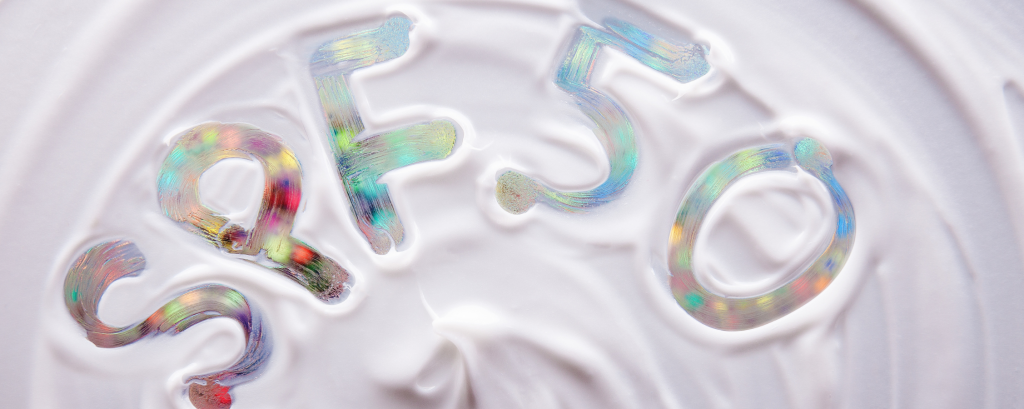
ULTIMATE PROTECTION WITH SPF
You can't skimp on the SPF. This is a non-negotiable in caring for your skin because it's the ultimate protector for the skin. Nothing breaks down youthful cells and causes damage faster than UV rays. It's important to note that not all SPF is created equally, and your facial skin would benefit from having an SPF meant just for your face. These SPFs are typically formulated with better ingredients that won't clog your pores or irritate your skin.
Some things to look for in your SPF :
- Zinc oxide
- Titanium dioxide
- Broad spectrum UVA/UVB protection
- SPF of 50+ or less (anything beyond a 50+ is inconsequential in additional protection)
- Opt for mineral SPF (you'll see zinc and titanium on the label). Use chemical-free when possible because it is gentler on the skin and less likely to cause a reaction.
- Oil-free
- Fragrance-free
Our SPF recommendations:
- Alastin HydraTint Pro Mineral Broad Spectrum SPF 36
- Alastin Broad Spectrum SPF 30+
- SkinMedica Essential Defense
- Colorescience (a brush-on powder that it the BEST for reapplication through the day)
- Bare Republic Mineral Face Sunscreen Lotion
- CeraVe facial sunscreen
- Cetaphil facial sunscreen
What SPF do we use?
- Roxy: Alastin HydraTint and Colorescience Sunforgettable Brush On SPF
- Dr. Madsen: Alastin Broad Spectrum SPF 30+ and Colorescience Sunforgettable Brush On SPF
- Kim: Alastin HydraTint
- Nicole: Alastin HydraTint and Colorescience Sunforgettable Brush On SPF
Should my AM skincare routine be different from my PM routine?
Yes, especially if you're using treatment products (and obviously, you don't need SPF at night). The pollutant exposure and challenges to your skin are different at night than they are during the day. Generally, your AM routine products should have ingredients to fight pollution, UV rays, bacteria, and other free radicals in the environment (see all the ingredients listed in the treatment product section of this post). PM products can include retinol. Although recently, some daytime products have come on the market that include retinol. Our thinking is that it is more about marketing than actual results. Retinol is deactivated by sunlight, rendering it less effective.
Can skincare help me avoid spending money on treatments in the future?
Yes! When you support your skin with quality products, the age at which you'll feel you need corrective laser treatments (like BBL and Halo) or injectables (like facial filler and Botox) will be later, and the frequency you'll need them can be less.
The goal of a skincare routine is to care for your skin by preventing damage. Unprotected skin will dry sooner, be more damaged, and work less effectively to turn over old cells. As we age, the skin elements that keep us youthful are slowing down, so when we support them, the skin can stay healthy by holding moisture better and staving off wrinkles and discoloration.
What are good skincare brands?
There are so many skincare brands, over-the-counter and professional-grade. Many of them are good and beneficial for the skin and you can build a skincare routine with any of them. Like we've said, pro-grade brands will deliver better results and treat your skin at a deeper level. But you can see good results with OTC brands, and it really depends on where you are in your skincare journey as to what would be most beneficial for you. There is no way we can try them all (though that might be fun) so we can share what we know we've liked.
Over the counter brands we've tried and like:
- CeraVe
- Cetaphil
- Drunk Elephant
Professional-grade brands we've tried and love:
- SkinMedica
- Alastin
We hope that by giving you some insight into the beneficial ingredients and formulations, you'll build a skincare routine that works for your skin goals and budget. Have questions? Please leave us a note in the comments or send us a message at info@newimagelsc.com
